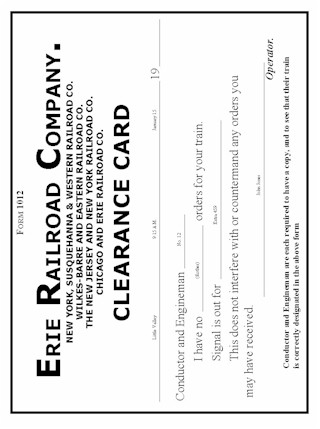The Rules herein contained will not be effective except as designated In the Time-Table.
MANUAL BLOCK SYSTEM.
301. HOME AND ADVANCE BLOCK SIGNALS.
When a signal arm is displayed in a horizontal position, thus (-), (Red light by night), it indicates Stop.
When a signal arm is displayed above horizontal, thus (/), (Yellow light by night), it indicates Caution, and permits a train to proceed at safe speed, prepared to stop short of train or obstruction, provided it can reach the next block station without encroaching upon the time of a superior train.
When a signal arm is displayed below horizontal, thus (\), or above horizontal, thus (|), (Green light by night), it indicates clear, and permits a train to proceed, provided it can reach the next block station without encroaching upon the time of a superior train.
Combined block, train-order and interlocking signals as designated in the time-table, will also be used to govern the operation of the block system and for stopping trains when there are orders for them.
Note.-At points where upper quadrant block signals, thus (/), are not in use, permission for a train to proceed under Caution will be given by Caution Card (Form B), under Stop Signal and when the block signal is also used as a train-order signal, a Clearance Card (Form 1012) must also be used. |
